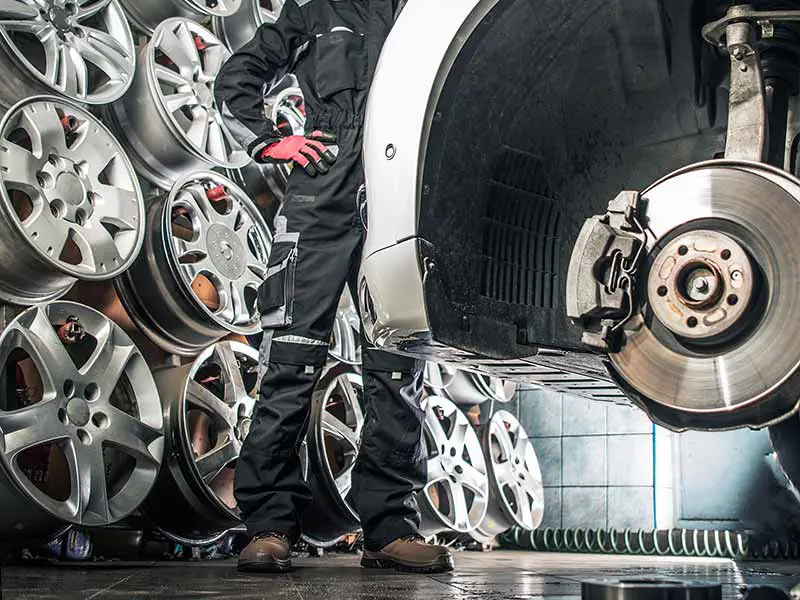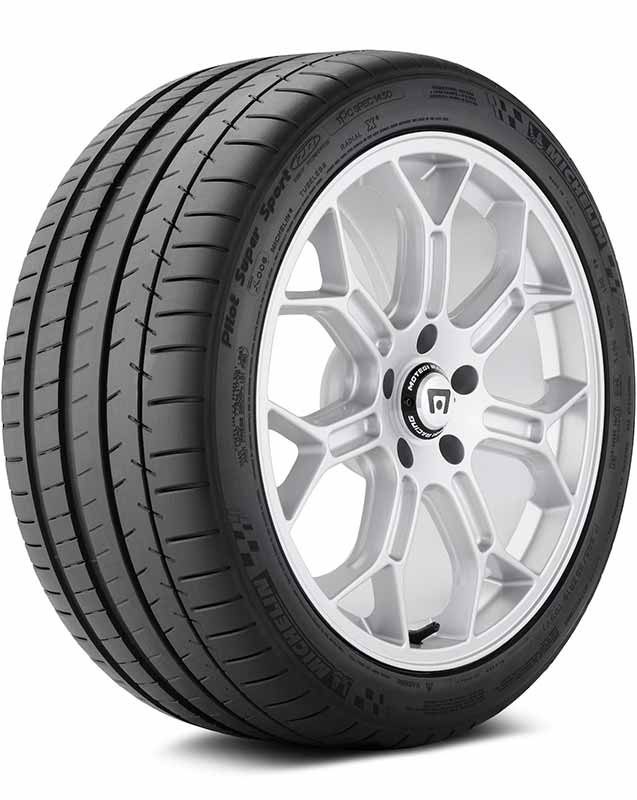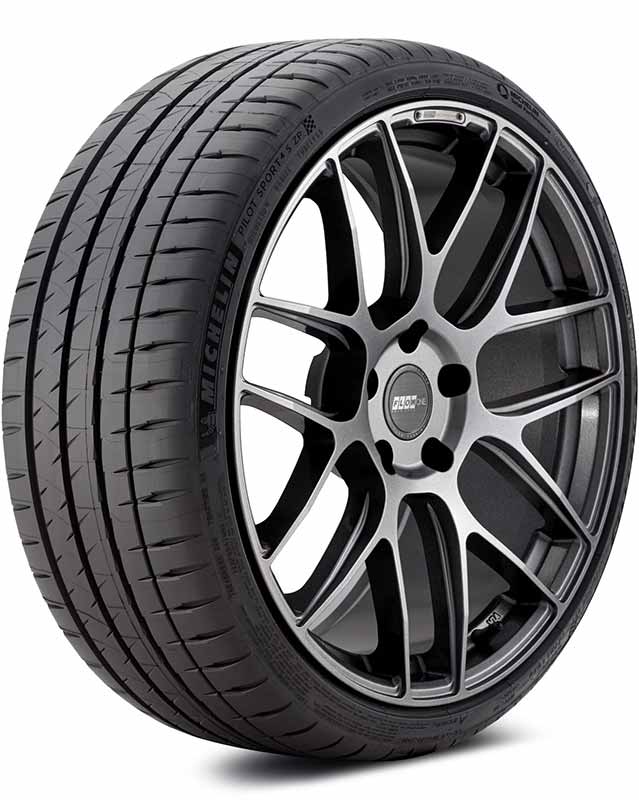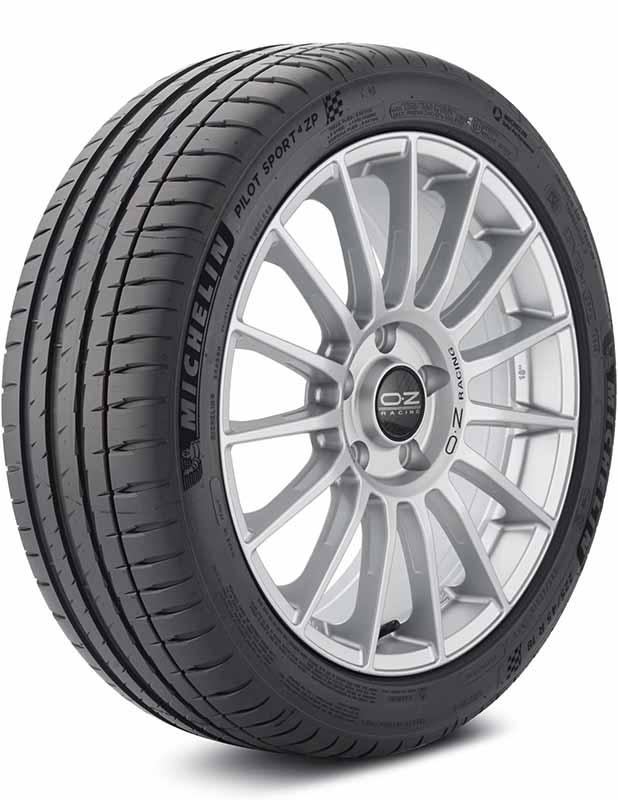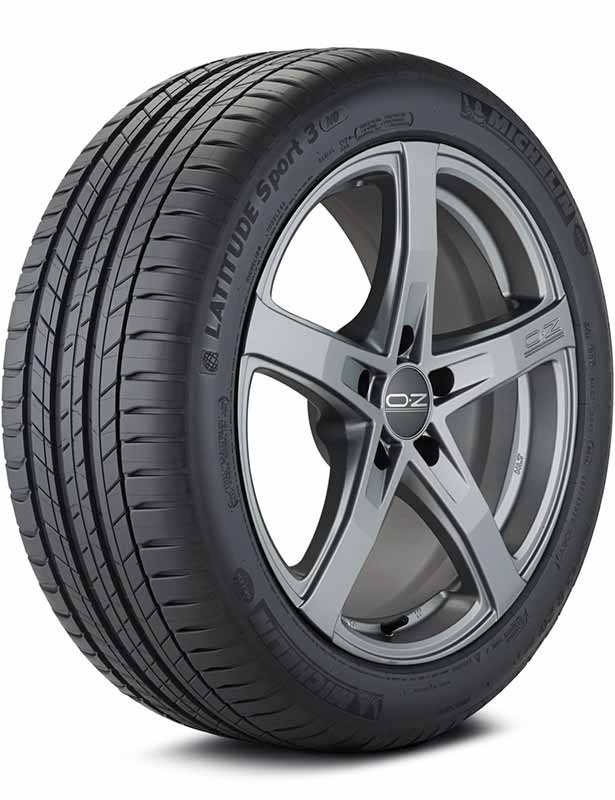Have you ever hit a nasty pothole and felt your heart sink, knowing your car’s rims have taken a beating? Or perhaps you’ve noticed your ride isn’t as smooth as it used to be, and you suspect your rims might be crying out for help. Well, we’ve got the answers to your bent rim woes right here.
Can A Bent Rim Be Fixed?
Yes, a bent rim can be fixed, often through a professional process involving heat and pressure to straighten the rim. However, severe damage or cracks might warrant a rim replacement instead.
In this article, we’ll explore the world of bent rims, including how they get bent, how to identify a bent rim, and the potential problems if they’re ignored. We’ll delve into the repair process, weigh up the pros and cons of repairing versus replacing, and ultimately guide you to make the right decision for your vehicle.
Let’s take a closer look.

Understanding The Causes Of Bent Rims
First, let’s discuss the different types of wheels – specifically, steel wheels and alloy wheels. Steel wheels, as you’ve guessed, are made from steel. They’re tough and pretty durable, but they can also be weighty. On the other side of the garage, we have alloy wheels, usually a blend of aluminum alloy. These guys are lighter, fancier, and, quite frankly, a bit softer than their steel counterparts.
- If you have steel rims on your car or truck, they might resist bending a bit more than alloy ones. But remember, steel is not invincible; a substantial whack can still cause a dent.
- Alloy wheels, especially those made from aluminum alloy, are more prone to bending because they aren’t as hardy. But hey, don’t underestimate these fellows. They provide better performance and look sleek, but they might just need a little extra care.
Causes That Lead To The Bend
There are several common causes of rim bends. Here are a few:
- Potholes: These pesky road blemishes are rim-bending culprits numero uno. Hitting a pothole at speed can cause a ‘single impact bend.’ That’s expert lingo for when your rim gets a bend from one harsh impact.
- Curbs: Ever scrape your car’s wheel on the curb while parking? I know, it hurts just thinking about it. These minor accidents can cause ‘multi-impact bends.’ This means the rim gets bent little by little over time due to repeated impacts.
- Accidents: Major accidents can cause some severe rim damage. You might have guessed that one, though.
- Normal Wear and Tear: Even normal driving conditions can cause your rims to bend over time. Especially if you’re pushing your car to the limit on a regular basis.
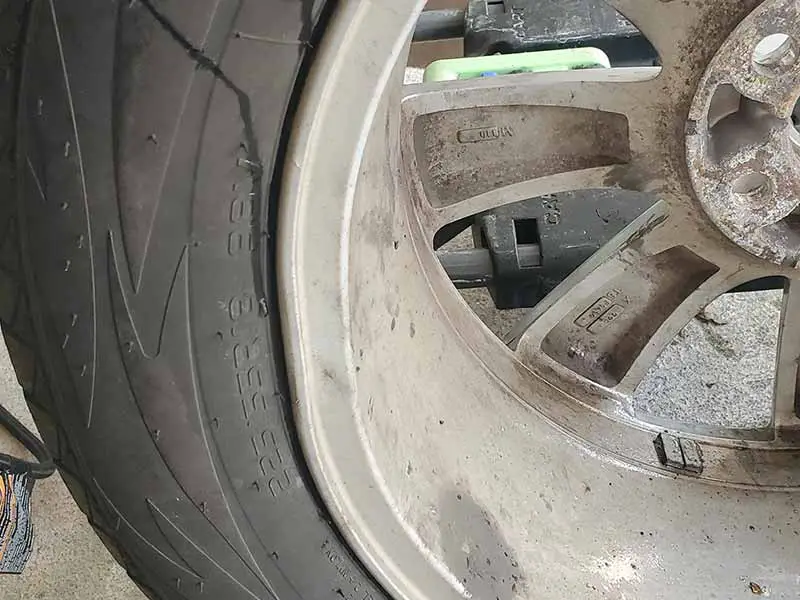
Identifying A Bent Rim
Ever been driving down the road and felt a little wobble? Maybe your car’s steering isn’t as smooth as it used to be? If so, you might have a bent rim. Don’t sweat it, though. We’re here to guide you through spotting these pesky problems before they become major issues.
Signs Your Rims May Be Bent
So, how do you know if your rim is bent? Here are some tell-tale signs:
- Vibrations: If your car vibrates while driving, especially at high speeds, it might be due to a bent rim. It’s like a washing machine on an uneven floor – it just won’t run smoothly.
- Tire Damage: Your tire might be the one to squeal first. If you notice a flat tire or a tire losing air faster than usual, a bent rim could be the culprit.
- Steering Issues: If the steering feels off or if your car pulls to one side, your rim might be slightly bent. It’s like trying to roll a coin on its side – if it’s not perfectly round, it won’t go straight.
- Visual Deformity: Lastly, trust your eyes. If your wheel looks uneven or has an obvious bend, well, you’ve got a bent rim.
Doing A Quick Visual Inspection
A quick visual check can often confirm your suspicion of a bent rim. Here’s how to do it:
- First, find a safe and level place to park your car. Remember, safety first!
- Next, walk around your car and inspect each wheel closely. Look for any signs of deformities, such as dents, cracks, or any noticeable bends.
- A closer look might be needed for minor bends. In this case, you can rotate the wheel and watch as it spins. If it wobbles, you’ve got a problem.

Consequences Of Ignoring A Bent Rim
Ever heard of the saying, “A stitch in time saves nine?” Well, it couldn’t be more accurate when it comes to addressing bent rims. Ignoring a bent rim isn’t just bad for the wheel, but it can lead to more serious problems down the road (literally!).
Is It Ok To Ride On A Bent Rim?
Riding on a bent rim isn’t just a bad idea—it can be dangerous. Here’s why:
- Unsafe Driving Conditions: Bent rims can make your car wobble or vibrate, which makes driving a lot trickier than it should be. It’s kind of like trying to drive with one flat shoe – you’re not going to get very far very easily.
- Damage To Your Tires: A bent rim can put uneven pressure on your tires, causing them to wear out quicker. In the worst-case scenario, it can even lead to a flat tire while you’re driving.
- Strain On Your Vehicle: Bent rims can strain your vehicle’s suspension system and even damage your bearings and axles. It’s like making your car carry a heavy backpack – over time, it’s going to get tired.
Does A Bent Rim Need A New Tire?
If you have a bent rim, it doesn’t necessarily mean you’ll need a new tire. However, if the rim has been bent for a while and you’ve been driving on it, your tire may have suffered too.
- If your tire has been losing air or if it looks worn down on one side, it might be time for a replacement.
- It’s always a good idea to have your tire inspected by a professional when you take your car in for a bent rim. They’ll be able to give you the best advice.
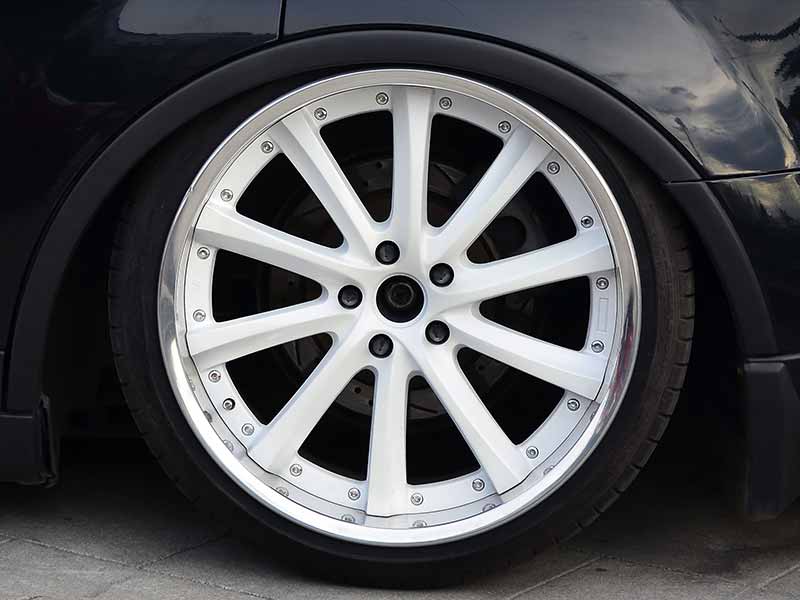
The Process Of Fixing A Bent Rim
If you’ve discovered you have a bent rim, don’t fret! While it may seem daunting, bent rims can often be fixed, putting you back on the road safely in no time. Let’s talk about how we go about straightening that curve.
Can You Hammer Out A Bent Rim?
You might be tempted to grab the nearest hammer and start whacking away at the bend, but hold your horses! While it’s theoretically possible to hammer out a minor bend, it’s not usually the best idea. Here’s why:
- Hammering can cause more damage. It might cause cracks or weaken the structure of the wheel, which can be dangerous.
- It’s challenging to get the rim perfectly round again with just a hammer. Remember, your wheel needs to be as round as a freshly baked pizza to roll smoothly.
The Professional Way To Fix Bent Rims
Fixing bent rims usually involves using specialized machines that apply heat and pressure to straighten the rim. Here’s a simplified version of the process:
- Inspection: First, the professionals will inspect your rim to determine the extent of the damage and the best course of action.
- Heating: The bent portion of the rim is heated. This makes the metal more malleable and easier to reshape.
- Repairing: A hydraulic machine is used to apply pressure to the bent area and slowly straighten it.
- Cooling: Once the rim is reshaped, it is allowed to cool and harden back into place.
- Final Check: The repaired rim is then checked for balance and roundness. If all is well, it’s ready to be remounted on your vehicle!
How Long Does It Take To Fix Bent Rim?
The time it takes to fix a bent rim depends on the severity of the bend. Minor bends might be fixed in a few hours, while more significant damage might take a day or more. Remember, it’s essential to fix the bend correctly rather than quickly.

To Fix Or Replace: Making The Right Decision
Sometimes life gives us tough choices, like whether to fix a bent rim or replace it. While repairing might seem like the cheaper option, it isn’t always the best one. Let’s dig deeper and find out which choice suits your situation the best.
The Cost Of Rim Repairs Vs. Rim Replacement
Repairing a bent rim can be more cost-effective, but the exact cost depends on the severity of the bend. Minor bends can be straightened out relatively cheaply, while major damage might require a heftier repair bill.
On the other hand, replacing a rim ensures you have a wheel in perfect condition. However, new rims, especially those fancy alloy wheels or aluminum alloy rims, can make your wallet feel significantly lighter. It’s a bit like buying a brand new designer dress versus mending an old one – both have their perks.
When To Fix Your Rim
Here’s when you might consider opting for rim repair:
- The damage is minor: Small bends and dents are usually fixable.
- You’re on a tight budget: Repairing a rim is often cheaper than buying a new one.
- The rest of the rim is in good condition: If the bend is the only issue, it can often be fixed.
When To Replace Your Rim
There are circumstances when it’s better to say goodbye to your old rim and invest in a new one:
- The damage is severe: Major bends or any cracks are usually a red flag for replacement.
- Your rims are old or heavily worn: Sometimes, it’s better to start fresh, especially if your rims have seen better days.
- You value peace of mind: A new rim is guaranteed to be in perfect condition, giving you one less thing to worry about.
Resources
Below are some links you may find helpful when learning about tires
Final Thoughts
Navigating the bumpy roads of life, bent rims are bound to happen. But now you know that these are more than just cosmetic issues. A bent rim can cause vibrations, wear down your tires prematurely, and even strain your vehicle’s entire suspension system. That’s why it’s crucial to catch the problem early on, using visual inspections and noting changes in your driving experience.
The good news? Bent rims can often be fixed. Professional rim repair services use heat and pressure to straighten out those bends, and usually, your rim can be as good as new. However, severe damage or cracks might call for a rim replacement, especially if your rims are old or heavily worn.
In short, whether to repair or replace depends on your specific situation and budget. Always consult with a professional to understand the best course of action.
Good luck and happy motoring.
